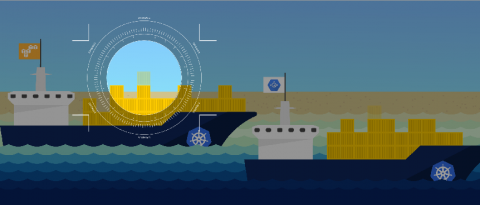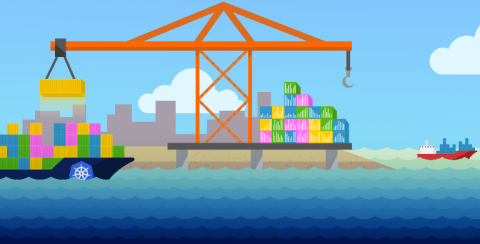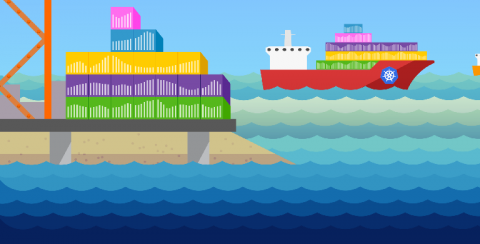Transforming Telematics with Kubernetes and Rancher
Norwegian leader in fleet management, equipment and vehicle tracking, ABAX is one of Europe’s fastest-growing technology businesses. The company provides sophisticated fleet tracking, electronic mileage logs and equipment and vehicle control systems to more than 26,500 customers. ABAX manages over 250,000 active subscriptions that connect a variety of vehicles and industrial equipment subscriptions.











